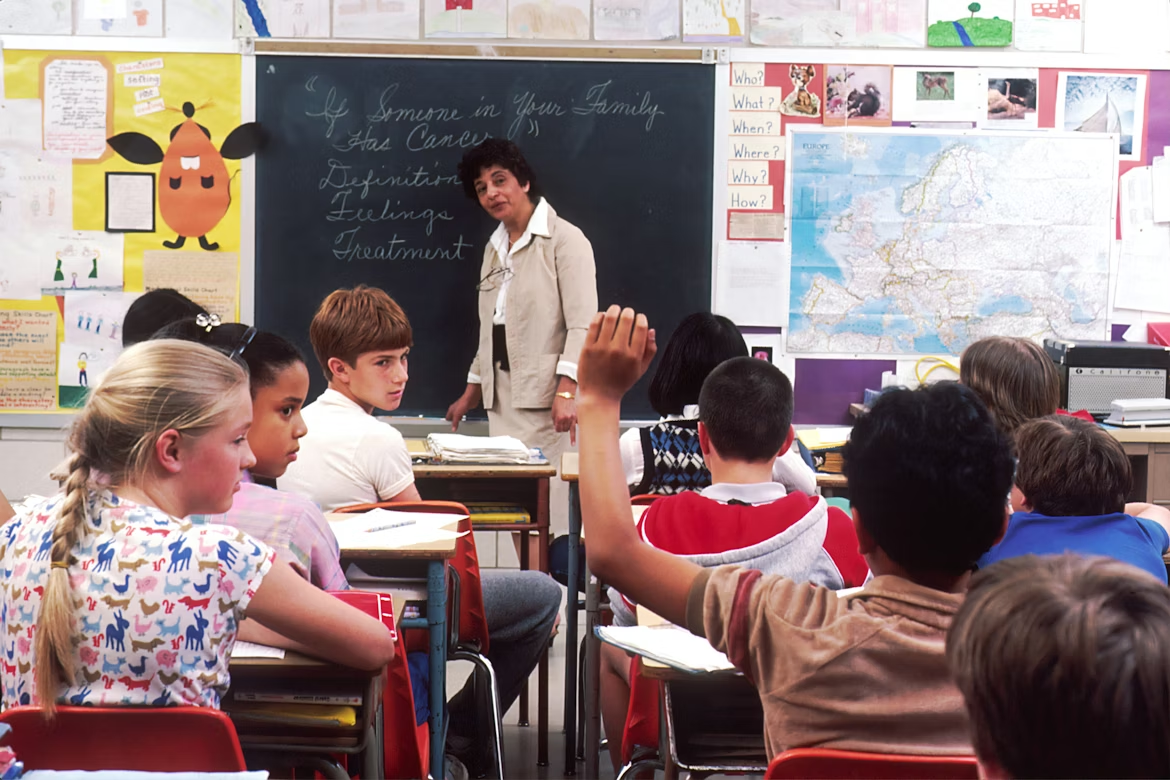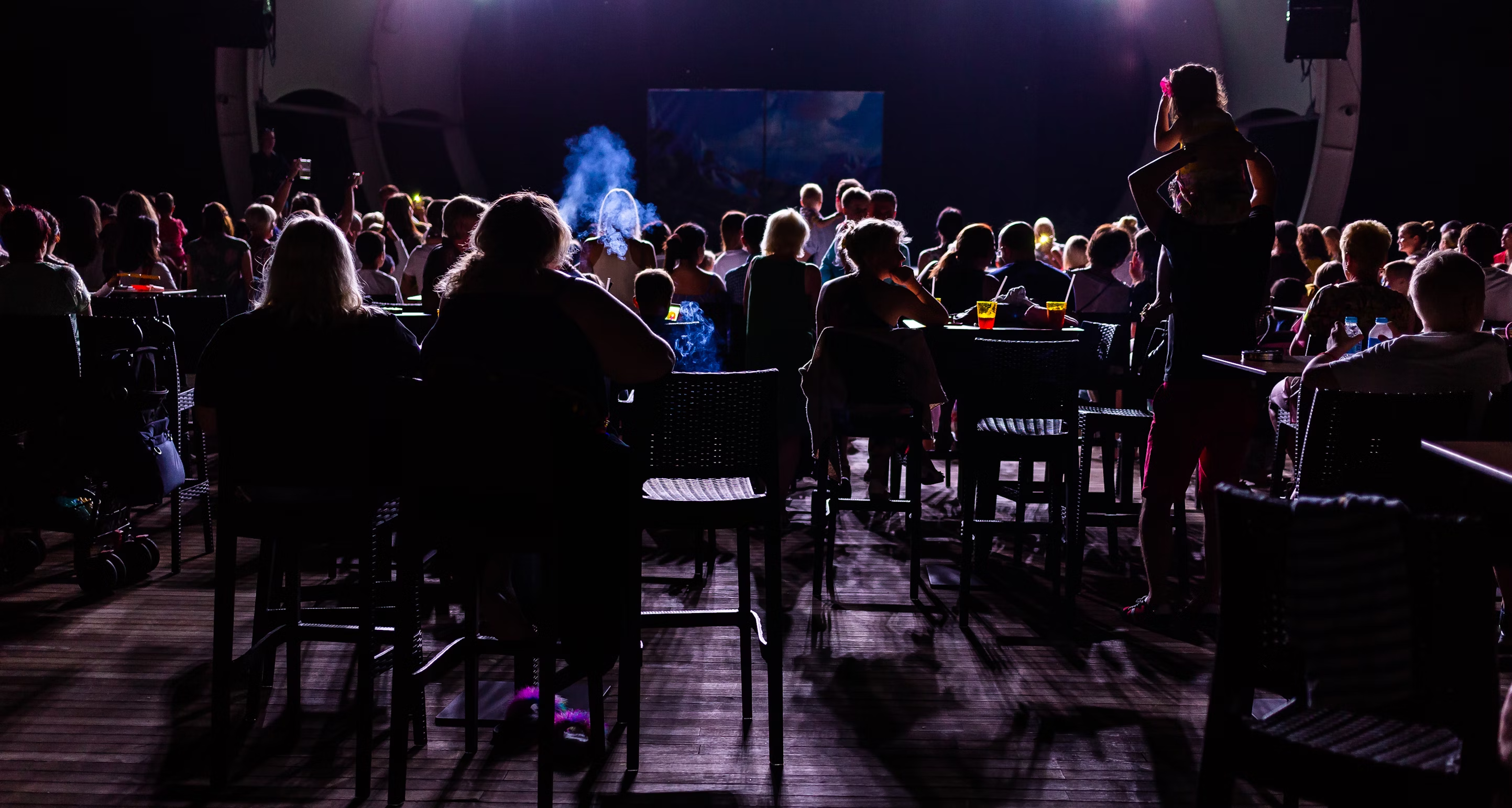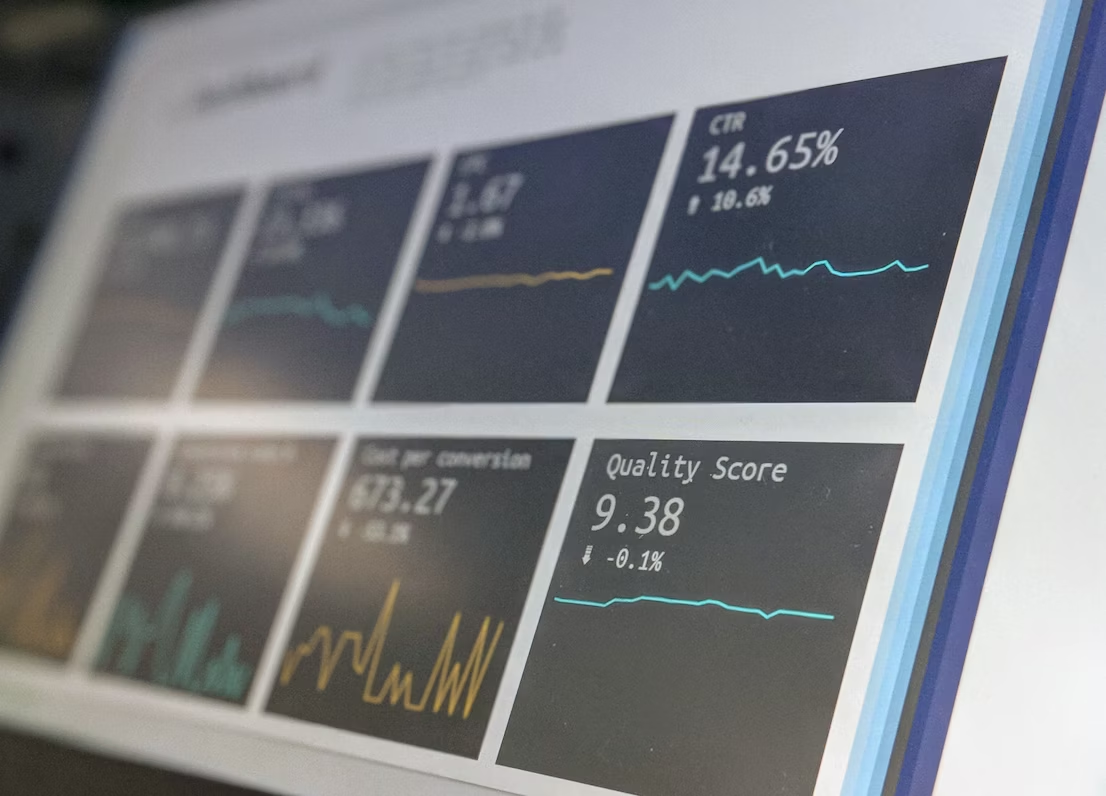In today's fast-paced digital world, it can feel like we're more disconnected than ever. But here's the good news: theater is a powerful tool that can bring us back together. As a community-driven activity, it offers a unique platform for connection, collaboration, and creativity. This blog will guide you on how you can use theater as a catalyst for community building.
1. Identify the Community's Needs through Theater
The first step in fostering community building through theater is understanding what your community needs. Sure, you might have a great idea for a play, but if it doesn't resonate with your audience, it's going to be a tough sell.
So, how do you figure out what your community needs? One word: listen. Attend community meetings, engage in conversations, and observe local issues. What are the topics that people are passionate about? What challenges are they facing? These are potential themes for your theater production.
- Local Connections: Look for stories that are specific to your community. A play about a local hero, a historical event, or a shared experience can create a deep connection with your audience.
- Current Issues: Theater can be a powerful way to tackle current issues. Maybe your community is dealing with environmental concerns, social inequalities, or cultural friction. If so, a play addressing these issues can stimulate discussion and promote understanding.
- Cultural Representation: Ensure that your theater production reflects the diversity of your community. This not only promotes inclusivity but also helps to build a sense of belonging.
Remember, theater is a two-way street — it's about expressing and listening. When you understand the pulse of your community, you can create theater productions that are not just entertaining but also meaningful. This is the essence of theater and community building.
In the following sections, we will explore how to plan interactive theater activities, implement theater workshops, organize community theater performances, and evaluate the impact of theater on community building. Stay tuned and let's make theater a bridge that brings us all together!
2. Plan Theater Activities that Promote Interaction
Once you've gotten a sense of your community's needs, it's time to start planning your theater activities. Remember, the goal here is not just to put on a show, but to actively involve the community in the process. Theater can be an interactive experience, and with a little planning, you can turn it into a platform for conversation, collaboration, and shared creativity.
Let's take a look at some ways to do this:
- Interactive Storytelling: Why not have the community participate in shaping the narrative? You could start with a basic plot and then invite suggestions for how the story should evolve. This way, everyone feels like they're part of the creative process.
- Improvisation Games: These are fun, spontaneous activities that can help people loosen up and interact more freely. Plus, they can be a great tool for encouraging creativity and building confidence.
- Discussion Forums: After each show, host a discussion where audience members can share their thoughts and interpretations. This can deepen the understanding of the play and promote dialogue on the issues it explores.
By planning theater activities that encourage interaction, you're not just providing entertainment — you're creating a space for people to connect, share ideas, and learn from each other. This is what makes theater such a powerful tool for community building.
So, ready to step into the world of interactive theater and community building? In the next section, we'll talk about how you can implement theater workshops to foster skills and further engage your community. Let's get the ball rolling!
3. Implement Theater Workshops to Foster Skills
So, you've planned your interactive theater activities. Now, let's talk about another key element in your community-building strategy: theater workshops. These workshops are a great way to foster skills, encourage personal growth, and enhance the sense of community among participants.
Theater Skills Workshops
These workshops focus on the technical aspects of theater, such as acting, directing, or stage design. But remember, it's not just about teaching people how to act or direct. It's about helping them find their voice, express their creativity, and gain the confidence to perform in front of others. Some workshop ideas might include:
- Acting 101: A crash course in the basics of acting, from developing a character to delivering lines with conviction.
- The Art of Improvisation: An exploration of the spontaneous, on-the-spot creativity that underpins improvisational theater.
- Behind the Scenes: An introduction to the technical and design aspects of theater, such as set design, lighting, and costume design.
Personal Development Workshops
Theater can also be a powerful tool for personal development. These workshops can help participants build crucial life skills, like communication, teamwork, and problem-solving. Here are a few workshop ideas:
- Public Speaking with Confidence: Using theater techniques to overcome nerves and deliver powerful speeches.
- Theater for Team Building: Harnessing the collaborative nature of theater to improve teamwork and communication.
- Solving Problems Creatively: Using the creative problem-solving techniques of theater to tackle everyday challenges.
Remember, the goal here isn't to turn everyone into a professional actor. It's to use theater as a tool for personal growth and community building. So don't be afraid to think outside the box and create workshops that cater to your community's needs and interests.
In the next section, we'll discuss how to organize community theater performances that resonate with your audience and leave a lasting impact. So, are you ready to raise the curtain on your theater workshops? Let's take the next step on our theater and community building journey!
4. Organize Community Theater Performances
Alright, we're moving on to the next act in our theater and community building saga. We've identified our community's needs, planned interactive activities, and implemented skill-fostering workshops. It's showtime! Now, let's shine the spotlight on organizing community theater performances.
Choosing the Right Script
Selecting the right script is the first step in creating a successful community theater performance. Consider choosing a story that resonates with your community's unique experiences and values. This could be a classic play, a modern drama, or even a locally-written script. Remember, your goal is to create a shared experience that brings your community together.
Casting Community Members
When it comes to casting, remember this is community theater, not Broadway. That means choosing performers who reflect the diversity and spirit of your community. Encourage members of all ages and backgrounds to audition. Casting community members not only fosters inclusivity but also promotes a sense of ownership and pride in the production.
Promote, Promote, Promote
Now, you've got the script and the cast, but you need an audience. It's time to promote your performance far and wide. Utilize social media, local newspapers, community bulletin boards, and word-of-mouth to spread the news. Remember, the more community members attend, the more successful your theater and community building efforts will be.
Reflecting Community Culture and Values
From the script to the set design, every aspect of your performance should reflect your community's culture and values. This could be as simple as incorporating local landmarks into your set design, or as complex as addressing community-specific issues in your script.
Organizing community theater performances is a powerful way to strengthen community bonds. It encourages collaboration, celebrates diversity, and provides a platform for community voices to be heard. So, curtain up on your community theater performance. Break a leg!
The final act in our theater and community building journey is evaluating the impact of your efforts. Stay tuned to find out more!
5. Evaluate the Impact of Theater on Community Building
We've reached the final act of our community theater production and it's time to take a bow—but hold on, there's one last important step in our theater and community building journey. Take a moment to evaluate the impact of your efforts.
Collecting Feedback
After the curtain falls, gather feedback from the performers, the audience, and the wider community. Use questionnaires, interviews, or informal chats to get a sense of what worked and what didn't. Did the theater experience bring people closer together? Did it spark important conversations, or inspire community pride? This feedback is invaluable in understanding the impact of your theater and community building efforts.
Measuring Participation and Engagement
Look at the numbers. How many people auditioned for your performance? How many came to watch? Did you see an increase in community involvement in theater activities? If the numbers are up, chances are you've made a positive impact.
Observing Changes in Community Relationships
Keep an eye on the ripple effects of your performance in the community. Are people interacting more? Has the theater experience created new friendships or strengthened existing ones? These changes are harder to measure, but they're a clear sign that your community theater initiative is building stronger bonds.
Reflecting on Your Goals
Finally, go back to the beginning. Reflect on your initial goals for your community theater initiative. Did you meet these goals? If not, don't be disheartened. Remember, every performance is a learning experience, and even if things didn't go exactly as planned, you've still made a significant contribution to theater and community building.
Curtain down. Your theater and community building journey doesn't end here, though. It's an ongoing process, a beautiful, complex dance of creativity, collaboration, and community spirit. And the best part? The next performance is always just around the corner.









